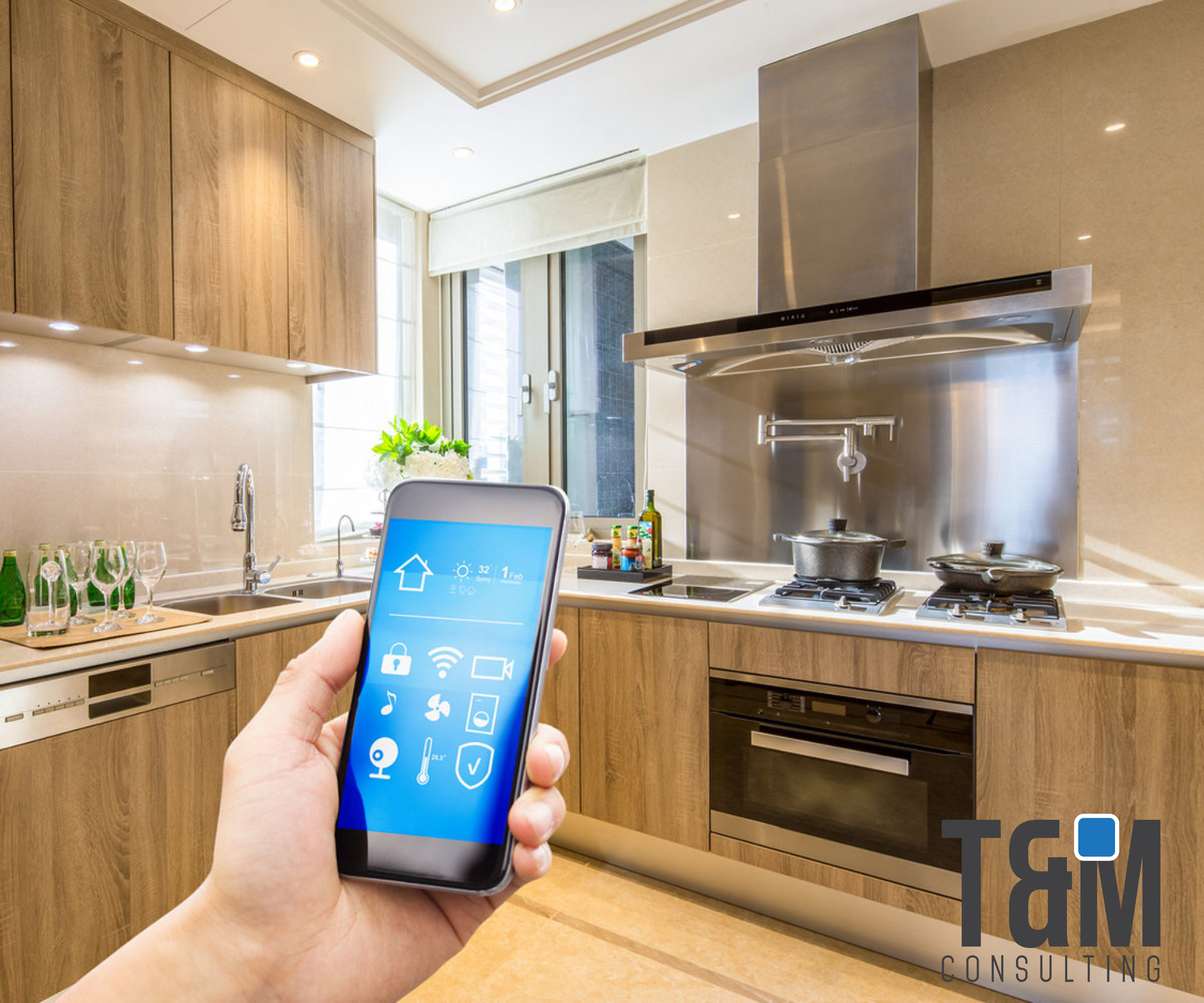Listening to this definition has become part of our routine, thanks to the new devices that are part of our day, we can define the Internet of Things (IoT) clearly and simply, as the interconnection of everyday objects, such as vehicles, machines, appliances, to name a few, that use sensors and APIs to connect and exchange data over the Internet.
IoT is possible by integrating technologies such as application programming interfaces (APIs) that connect devices to the Internet. Other key technologies that are part of IoT are Big Data management tools, predictive analytics, Artificial Intelligence (AI), cloud and radio frequency identification (RFID).
Cloud-based IoT platforms connect the real and virtual worlds, among many functions, allowing organizations to manage the security and connectivity of the devices involved, as well as the reception of data that can be emitted by them, during the time of the connection.
Organizations benefit from the enormous amount of data emitted by devices connected to IoT, the role of cyber security and the terminals that receive such data, play an important role in safeguarding them.
The right choice of platform to use is a key factor when deciding to implement this technology in your company, even more than the analysis after receiving the data received.

